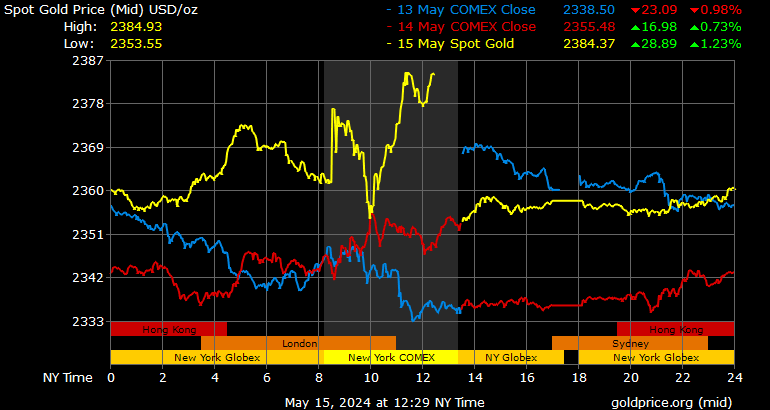Monetary stabilization
HISTORY OF CZECHOSLOVAK CURRENCY.
The restriction of money circulation during the monetary reform in March 1919 and the introduction of the property tax did not bring the desired effect for the implementation of the basic concept of the Rašín‘s policy, which was to reduce the price level. After Rašín's tragic death in February 1923, a different approach was chosen - raising the korouna exchange rate abroad so that the high exchange rate would deflate the domestic price level despite the pressure on export prices. Foreign currency loans were also accepted to support the koruna exchange rate. The period of deflationary policy has come. The domestic price level decreased, but with a serious negative impact on exports, production and employment. The state budget went into deficit and banks into a serious liquidity crisis. A number of remediation measures had to be taken. In the end, the negative phenomena prevailed so much that in the spring of 1925 the government abandoned the concept of deflationary policy, even formally when proposing the law establishing the National Bank of Czechoslovakia with a strict requirement to stabilize the exchange rate. There has been switch to a policy of monetary stabilization.
CONTENT
- Origin of the Czechoslovak currency.
- Monetary stabilization.
- Establishment of the central bank.
- National Bank of Czechoslovakia.
- Gold reserve.
- Economic boom.
- Depression.
- The main activities of banks.
- Development of the national economy.
- Art designs.
- Czech banking system.
- The disintegration of Czechoslovakia.
- German occupation of the Czech lands.
- Currency damage caused by the occupation.
- Preparation of post-war monetary policy.
- Inflation and monetary chaos.
- Organization of monetary relations.
- Socialization of finance.
- February 1948 and central management.
- Directive management of monetary relations.
- Monetary reform of 1953.
- Central plan.
- Isolation.
- Reform efforts.
- "Standardization".
- Economic problems.
- Economic transformation.
- Changes in monetary policy management.
- Development of the koruna exchange rate.
- Development of the banking system.
- Development in 1990-1992.
- Division of the Czechoslovak Socialist Republic.
- Origin of the Czech koruna.
- Monetary policy management.
- International cooperation.
- Monetary stabilization.
- Establishment of the central bank.
- National Bank of Czechoslovakia.
- Gold reserve.
- Economic boom.
- Depression.
- The main activities of banks.
- Development of the national economy.
- Art designs.
- Czech banking system.
- The disintegration of Czechoslovakia.
- German occupation of the Czech lands.
- Currency damage caused by the occupation.
- Preparation of post-war monetary policy.
- Inflation and monetary chaos.
- Organization of monetary relations.
- Socialization of finance.
- February 1948 and central management.
- Directive management of monetary relations.
- Monetary reform of 1953.
- Central plan.
- Isolation.
- Reform efforts.
- "Standardization".
- Economic problems.
- Economic transformation.
- Changes in monetary policy management.
- Development of the koruna exchange rate.
- Development of the banking system.
- Development in 1990-1992.
- Division of the Czechoslovak Socialist Republic.
- Origin of the Czech koruna.
- Monetary policy management.
- International cooperation.
JÁ  ZLATE-SLITKY .CZ
ZLATE-SLITKY .CZ
